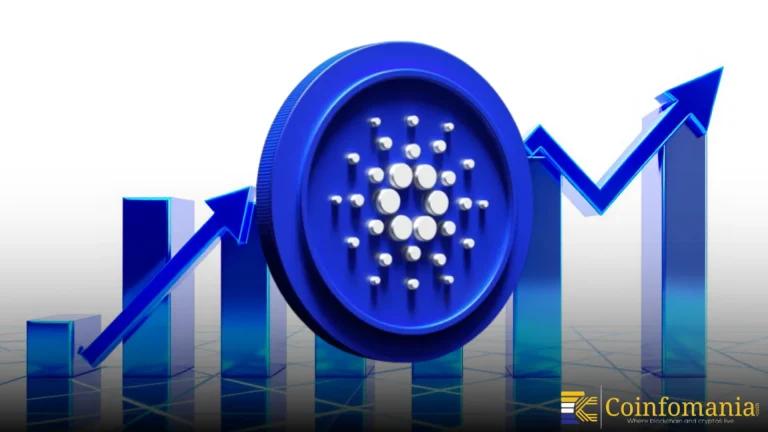Australian PM Confirms $57B Defense Budget Boost Amid ASX Stocks Gains
Discover how the Australian PM outlines defense spending boosts amid rising global geopolitical tensions and economic challenges.

Quick Take
Summary is AI generated, newsroom reviewed.
Australia raises defense budget by $57 billion, focusing on specific capabilities over global spending targets.
New NATO agreement enhances Australia’s strategic military cooperation and access to logistics support.
Defence stocks surge on ASX amid geopolitical tensions; gold rises as stable safe-haven, Bitcoin shows mixed reaction.
On June 27, the Australian government shared a transcript of Prime Minister Anthony Albanese’s recent interview. In this interview, he discussed Australia’s defense budget and economic priorities. Albanese confirmed that Australia’s defense budget has been raised by $57 billion over the medium term. An additional $10 billion was added in the short term. Australian PM explained that the increase aims to provide the country with specific capabilities rather than meet global military goals. Several nations are facing pressure to raise defence budgets in response to NATO’s updated financial expectations. This movement has been caused by ongoing geopolitical tensions such as the Russia vs Ukraine war.
Australia Prioritizes National Interests Amid Trade and Defence Spending Debates
Australian PM also addressed speculation about new tax policies from the United States following recent G7 tax talks. He highlighted his conversation with US Treasury Secretary Bessent in Canada, where he raised concerns about a possible “revenge tax.” Albanese said such a move could negatively affect investment by Australian superannuation funds. He added, “This would have harmed Australian investment if it had been taken.” The Prime Minister affirmed the safeguard of Australian economic interests while proceeding to collaborate with other countries.
The Australian PM’s interview also included questions about potential trade tensions. This was in the context of Spain resisting pressure to boost its defence budget to 3.5%. Albanese chose not to comment on US-Spain relations but repeated Australia’s commitment to prioritizing its own interests. “What my job is to look after Australia’s national interests, which includes our defence and security interests,” he said. He added that any adjustments to Australia’s defence spending would not come at the cost of essential domestic services. Such services include Medicare and the NDIS.
New NATO Partnership Marks Milestone in Australia’s Defence Cooperation
Additionally, Australia has signed a new agreement with the NATO Support and Procurement Organisation. This deal gives Australia full access to NSPO’s logistics and operational support services. NATO called the agreement a “milestone” in its relationship with Australia. The partnership signals Australia’s intent to expand strategic ties with a broader group of international allies. NATO plans to review its defence funding structure by 2029. The current agreement allows for immediate access to various procurement and support systems.
Improved Global Sentiment Supports Growth in Australian Stocks and Crypto Market
The momentum in defence-related Australian stocks coincides with improving global market sentiment. Defence-related ASX companies’ shares saw a huge improvement last Thursday. Austal Ltd shares went up by 3.07% in the news. Titomic Ltd gained 3.7% due to heightened military technology demand. Electro Optic Systems, a weapons supplier company, rose 4.02%. Droneshield Ltd increased by over 6% after it received a record drone defense order. These stock movements indicate how defence policy influences Australian stocks within specific industries.
Gold and Bitcoin Show Safe-Haven Assets During Geopolitical Tensions
Recent geopolitical tensions tested the safe-haven asset status of both Bitcoin and gold to the breaking point. While gold moved steadily to highs at around $3,390 per ounce, Bitcoin initially dropped sharply. Gold’s steady drift highlighted its traditional function as a crisis hedge, supported by low correlation with equities. Bitcoin demonstrated a contradictory behavior as it dropped initially, it rallied and held on to technical support levels. This movement suggests that Bitcoin remains responsive to broader market influences and investor sentiment.
References
Follow us on Google News
Get the latest crypto insights and updates.
Related Posts

Goldman Sachs Buys $1.7 Billion in Bitcoin ETFs, Signaling a Major Wall Street Shift
Vandit Grover
Author

Cardano clears a critical governance hurdle with renewed on-chain authority
Vandit Grover
Author

Coinbase Lawsuit Sparks High-Stakes Battle Over Prediction Market Regulation
Vandit Grover
Author